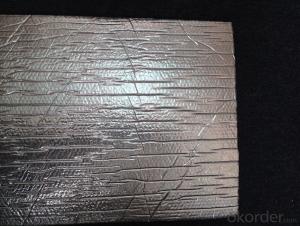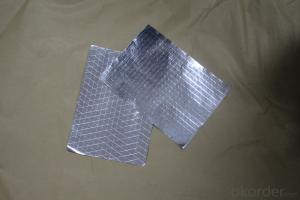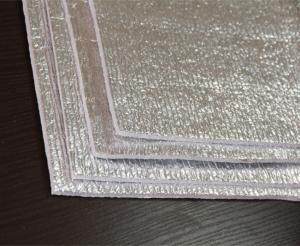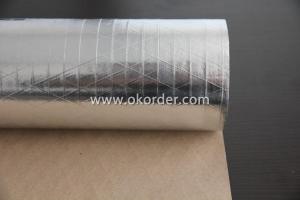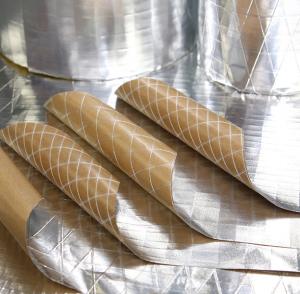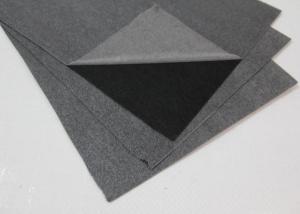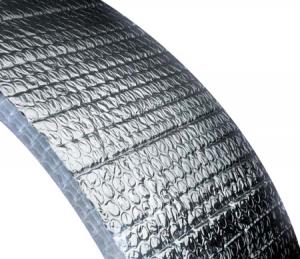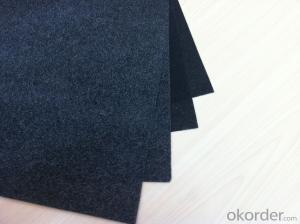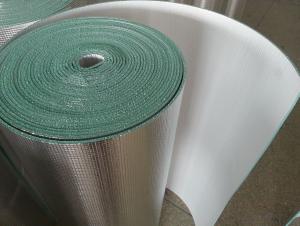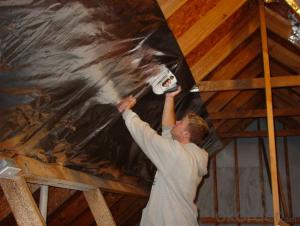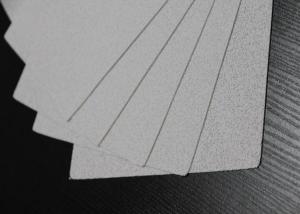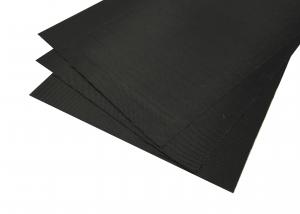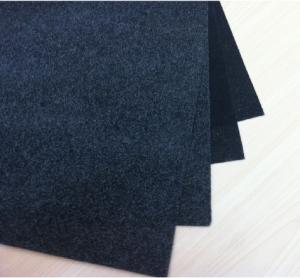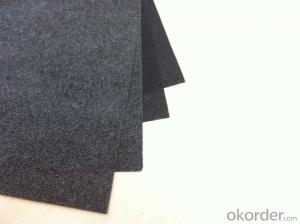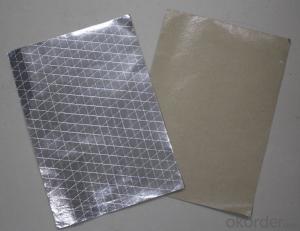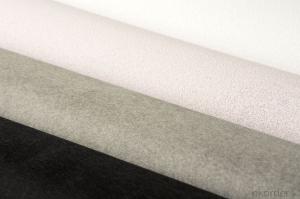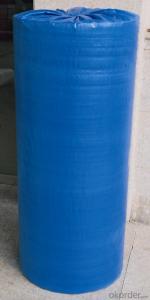flexible ducts bubble INSULKATION green energy
- Loading Port:
- China Main Port
- Payment Terms:
- TT OR LC
- Min Order Qty:
- -
- Supply Capability:
- -
OKorder Service Pledge
OKorder Financial Service
You Might Also Like
Application:
1,Building Thermal Insulation Material
(1),Roof,Underlay,Under Concrete & floor Insulation;
(2),Attic,Crawl Space,Stud Wall ,Metal Frame Building Insulation.
2,Wrapping
(1),Protective coatings of ventilating pipe,HVAC Duct & Pipe;
(2),Shells of air conditioner and water heater.
Feature:
1), Waterproof, heavy duty, clean, light, flexible, non-absorbent surface
2), Fire resistant & antiglare
3), Recyclable, environmentally friendly
4), Effective in extreme temperatures both hot and cold
5), Easily install, cut, stapled, nailed or glued into place
6), Safe to handle with no special clothing or breathing Equipment
Feature:
1), Waterproof, heavy duty, clean, light, flexible, non-absorbent surface
2), Fire resistant & antiglare
3), Recyclable, environmentally friendly
4), Effective in extreme temperatures both hot and cold
5), Easily install, cut, stapled, nailed or glued into place
6), Safe to handle with no special clothing or breathing Equipment

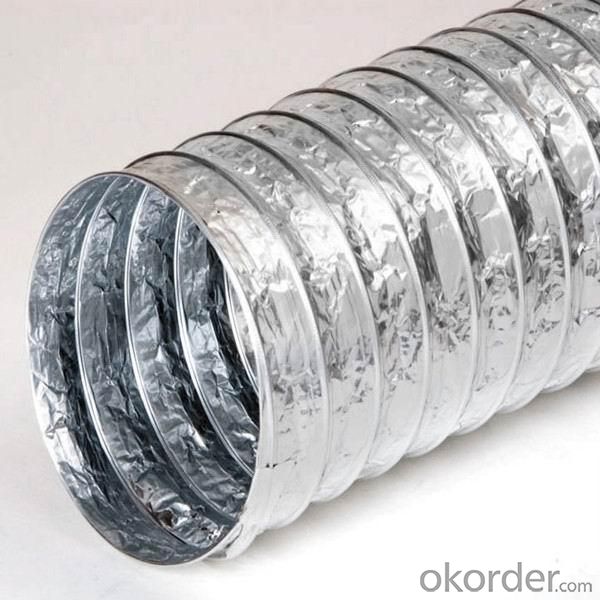


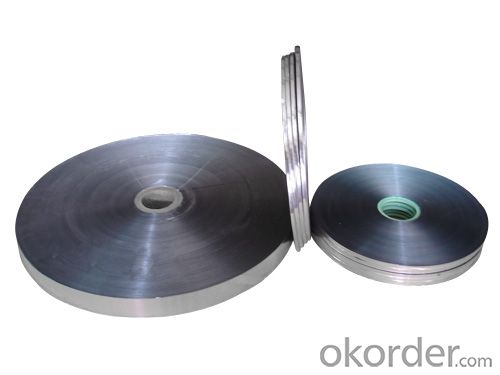


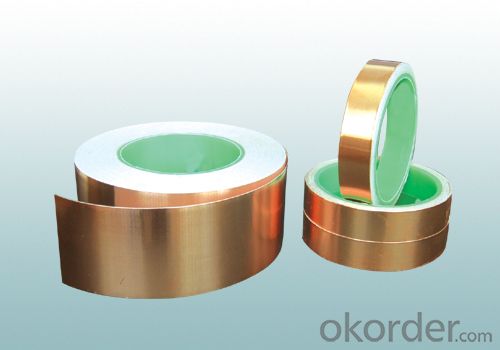
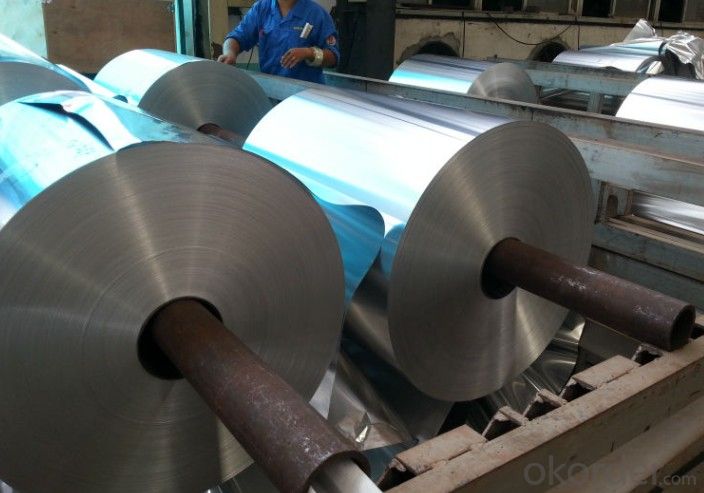

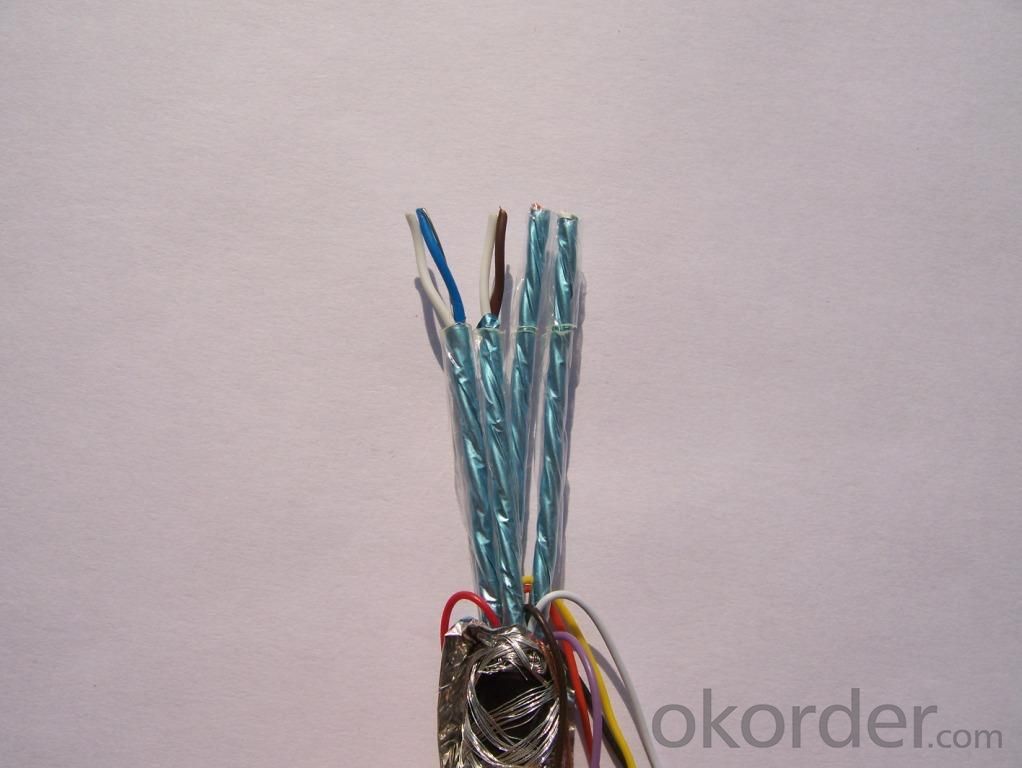
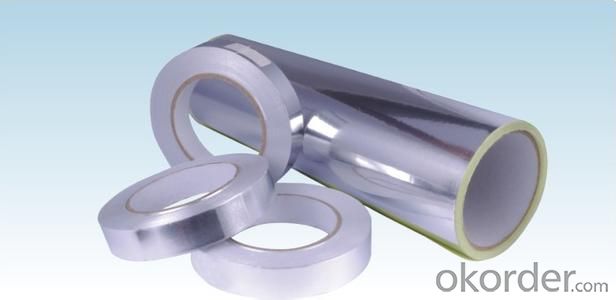
- Q:What is the typical thickness of fiberglass facing?
- The typical thickness of fiberglass facing can vary depending on the specific application and requirements. In general, fiberglass facing is available in thicknesses ranging from 0.5 millimeters to 2 millimeters. Thinner fiberglass facing, around 0.5 to 1 millimeter, is commonly used for lightweight and flexible applications such as insulation and acoustic panels. Thicker fiberglass facing, around 1.5 to 2 millimeters, is often used for more heavy-duty applications where higher strength and durability are required, such as in construction and industrial settings. It is important to consider the specific needs and specifications of a project to determine the appropriate thickness of fiberglass facing to ensure optimal performance and functionality.
- Q:How is fiberglass facing installed?
- Fiberglass facing is typically installed in a few simple steps. First, the surface where the fiberglass is going to be installed should be clean, dry, and free of any dust or debris. This ensures proper adhesion of the facing. Next, the fiberglass facing is carefully unrolled and cut to the desired size, making sure to leave a little extra material on each side to ensure complete coverage. The facing is then positioned over the surface and pressed down firmly, starting from the center and working towards the edges. To secure the fiberglass facing in place, an adhesive or adhesive tape is applied along the edges, ensuring a tight seal. It is important to smooth out any wrinkles or air bubbles that may have formed during the installation process. In some cases, mechanical fasteners such as staples or nails may be used to further secure the fiberglass facing, especially in high-impact areas or where extra reinforcement is needed. Overall, the installation of fiberglass facing is a relatively straightforward process that requires attention to detail and proper surface preparation. Following these steps will ensure a successful installation that provides durability and protection.
- Q:Does fiberglass facing help with soundproofing?
- Yes, fiberglass facing can help with soundproofing. Fiberglass is known for its excellent sound-absorbing capabilities, as it can effectively trap and dampen sound waves. When used as a facing material, fiberglass can enhance the soundproofing properties of a wall or ceiling by reducing noise transmission through it. The facing acts as a barrier that prevents sound from passing through, making it an effective solution for reducing noise pollution in various settings, such as homes, offices, studios, or even industrial environments. Additionally, fiberglass is lightweight, easy to install, and can be easily combined with other soundproofing materials for even better results.
- Q:Roof waterproof general use of what materials
- 1. EPDM rubber waterproofing membrane: cold sticky or self-adhesive method. 2. Chlorinated polyethylene waterproofing membrane: cold sticky method. 3. PVC waterproofing membrane: cold sticky method. 4. Chlorinated polyethylene - rubber blend waterproofing membrane: cold sticky method. 5. EPDM - polyethylene blend waterproofing membrane: cold sticky method. 6. Polyurethane waterproof coating: reactive cold construction. 7. Acrylic waterproof coating: cold construction, can be scraping, can be, can be sprayed, but the construction temperature needs to be higher than 4 ℃ when the film.
- Q:How does fiberglass facing improve insulation?
- Fiberglass facing improves insulation by acting as a barrier that reduces heat transfer through conduction and radiation. It helps to trap air pockets within the insulation, enhancing its ability to resist heat flow. Additionally, the facing can provide a vapor barrier, preventing moisture from seeping into the insulation and compromising its effectiveness.
- Q:Does fiberglass facing require regular maintenance?
- No, fiberglass facing does not require regular maintenance. Fiberglass is a durable material that is resistant to many environmental factors, such as moisture, UV rays, and pests. It does not rust, rot, or decay like other materials, which means it does not need to be painted or sealed regularly. However, it is important to keep the fiberglass facing clean and free from dirt or debris to maintain its appearance and performance. Regular cleaning with a mild detergent and water should be sufficient to keep it in good condition. Additionally, if any damage or cracks occur in the fiberglass facing, it should be repaired promptly to prevent further issues. Overall, fiberglass facing is a low-maintenance option that can last for many years with minimal care.
- Q:Can fiberglass facing be recycled?
- Certainly, it is feasible to recycle fiberglass facing. Fiberglass, composed of delicate glass fibers, is a reinforced plastic. Typically, the facing consists of a thin layer of fiberglass. Recycling fiberglass can be more intricate compared to other materials due to its distinctive properties. Nonetheless, recycling it remains possible. The recycling procedure entails shredding or grinding the fiberglass material into small fragments, which can then be utilized in the production of new items. However, it is vital to acknowledge that the recycling infrastructure for fiberglass might not be as widespread or easily accessible as it is for other materials. Therefore, it is advisable to consult local recycling facilities or specialized fiberglass recycling companies to ascertain the specific recycling options obtainable in your vicinity.
- Q:China's glass fiber product code is what?
- The code name of the song, for example, the order: ???????????? C C 8-36 × 2 × 3 S 110 ???????????????????????????????????? Twist (twist / m) ???????????????????????????????????? Twist ???????????????????????????????????? And twist the number of shares ???????????????????????????????????? Number of shares released ???????????????????????????????????? Original yarn density (g / 1000m) ???????????????????????????????????? Single fiber nominal diameter (m?) ???????????????????????????????????? Continuous glass fiber ???????????????????????????????????? Alkaline glass fiber Description: ① twist to S that the right twist, Z said left twist:
- Q:What is fiberglass facing?
- Fiberglass facing refers to a thin layer of fiberglass material that is used to cover or coat surfaces for various purposes. It is typically made up of tightly woven strands of glass fibers that are bound together with a resin or adhesive. This facing material is known for its strength, durability, and resistance to heat, moisture, and chemicals. It is commonly used in construction, insulation, and manufacturing industries for applications such as insulation boards, ductwork, wall panels, and composite materials. The fiberglass facing provides an additional protective layer, enhancing the structural integrity and performance of the materials it is applied to.
- Q:Is fiberglass facing resistant to moisture or water damage?
- Fiberglass facing, indeed, possesses remarkable resistance against moisture and water damage. This exceptional property arises from the composition of fine glass fibers interwoven to form a robust and enduring material. Absent any capacity to absorb moisture, these fibers bestow upon fiberglass facing a high degree of resilience, rendering it especially suitable for environments prone to water or moisture exposure, like bathrooms, kitchens, and outdoor spaces. Moreover, its resistance to mold and mildew growth further heightens its ability to endure moisture.
1. Manufacturer Overview |
|
|---|---|
| Location | |
| Year Established | |
| Annual Output Value | |
| Main Markets | |
| Company Certifications | |
2. Manufacturer Certificates |
|
|---|---|
| a) Certification Name | |
| Range | |
| Reference | |
| Validity Period | |
3. Manufacturer Capability |
|
|---|---|
| a)Trade Capacity | |
| Nearest Port | |
| Export Percentage | |
| No.of Employees in Trade Department | |
| Language Spoken: | |
| b)Factory Information | |
| Factory Size: | |
| No. of Production Lines | |
| Contract Manufacturing | |
| Product Price Range | |
Send your message to us
flexible ducts bubble INSULKATION green energy
- Loading Port:
- China Main Port
- Payment Terms:
- TT OR LC
- Min Order Qty:
- -
- Supply Capability:
- -
OKorder Service Pledge
OKorder Financial Service
Similar products
New products
Hot products
Hot Searches
Related keywords
